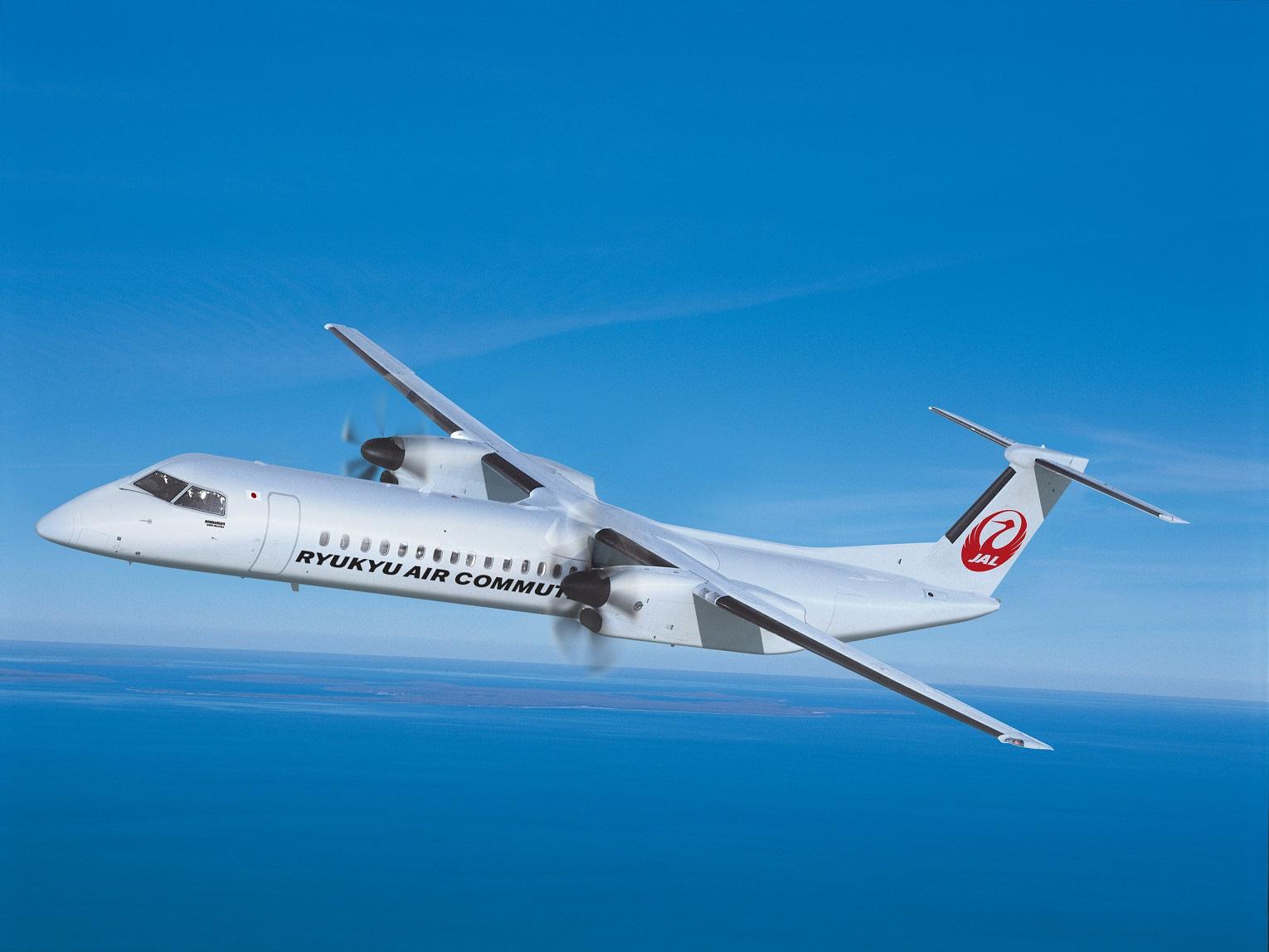In January 2016, Japan’s exports dropped 12.9% year-on-year and reached a two-year low, according to the Japanese Ministry of Finance. This was the largest decrease since October 2009 and the fourth consecutive month of decline.
But flag carrier Japan Airlines isn’t letting all that hinder it too much.
“In our international cargo and mail operations, imports may also continue to be sluggish while JAL capacity is expected to increase on China and intra-Asia routes,” says Kensuke Tsuchida, from the cargo and mail administration department at Japan Airlines. “We will increase volumes and maximize revenues by enhancing our revenue management. We will also capture mail and express shipments, whose growth is expected to continue, by optimizing the advantages of Haneda airport and JAL Cargo’s high quality.”
Apart from mail and express, the company is looking to enhance profitability by exploring more high-value sectors.
“One of the main priorities for JAL Cargo this year is to promote sales of our new constant-temperature and vehicle-transport services,” says Tsuchida. “We will also renovate the international cargo and mail core system, which will be integrated with the domestic system.”
The carrier introduced its passive temperature-controlled container in October 2015, specifically targeting the transportation of perishables and pharmaceuticals. Through the use of equipment such as vacuum-insulated panels and coolant cassettes, the containers can maintain temperatures between 15 and 25 degrees Celsius.
 At the end of 2015, Ryukyu Air Commuter, an Okinawa-based domestic subsidiary of the Japan Airlines Group, became the launch operator of the cargo-combi variant of the Bombardier Q400, taking delivery of the first of five on order. The type, which can carry up to 4,082 kilograms and 32 cubic metres of freight, is to be deployed on routes with high cargo demand and medium or low passenger loads.
At the end of 2015, Ryukyu Air Commuter, an Okinawa-based domestic subsidiary of the Japan Airlines Group, became the launch operator of the cargo-combi variant of the Bombardier Q400, taking delivery of the first of five on order. The type, which can carry up to 4,082 kilograms and 32 cubic metres of freight, is to be deployed on routes with high cargo demand and medium or low passenger loads.
“This aircraft has a rear cargo capacity expanded more than approximately three times that of the conventional Q100, and 2.5 times that of the Q300 aircraft,” says Tsuchida. “This will help us to contribute to activating logistics in Okinawa prefecture, especially for life and economy between the islands.”
Tsuchida adds that JAL has no plans to operate dedicated freighter aircraft, instead relying on the rise in cargo capacity in the form of its newer widebodies such as the 31 Airbus A350s which are due to enter service from 2019, the Boeing 777-300ER and the 787.
The airline could soon benefit from an expanded slots agreement at Haneda, signed in February. From late October 2016, airlines in Japan and the US will be able to use 10 daytime slot pairs and two evening slot pairs, split evenly between each country. This is a big step up from the current arrangement, under which Japanese and US carriers only have access to a total of four evening slot pairs each.
Tsuchida says that JAL welcomes the agreement.
“The increase of slots is expected to enhance the convenience between Tokyo and cities in the US,” he says. “While Narita Airport is expected to remain our hub for transport between Asia and North America, we would like to develop the trans-Pacific market with the best combination of the capabilities of both Haneda and Narita.”
By Jeffrey Lee
Asia Cargo News | Hong Kong